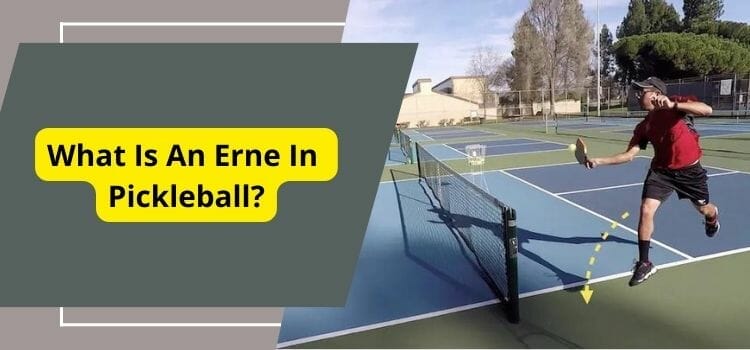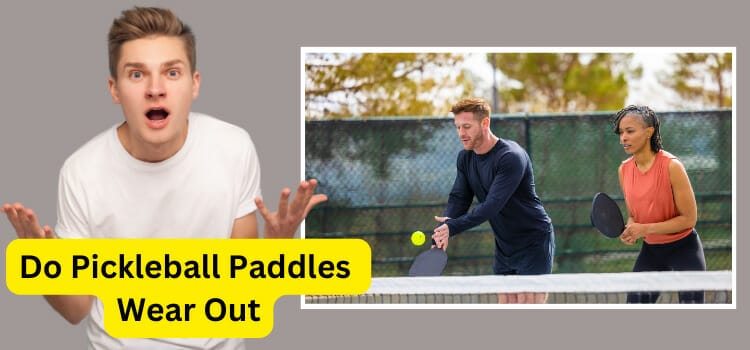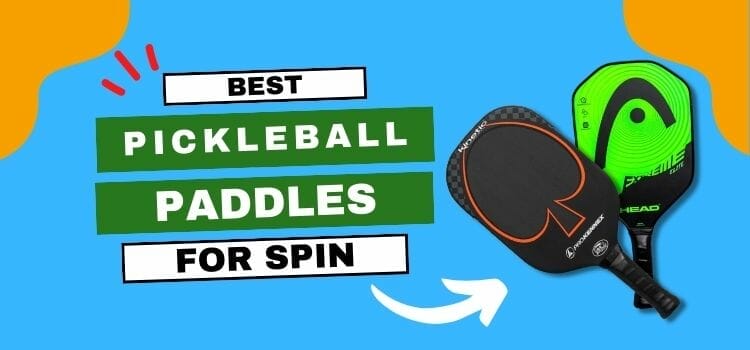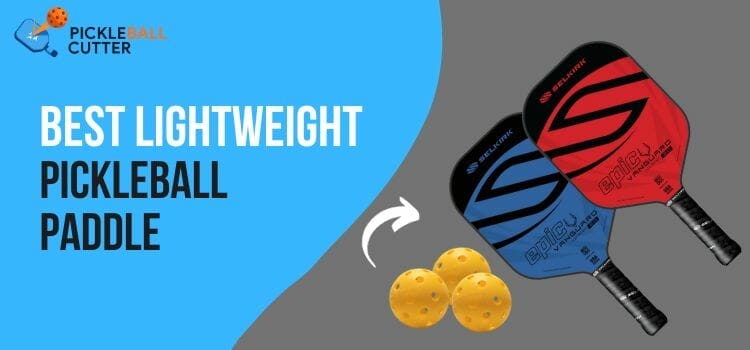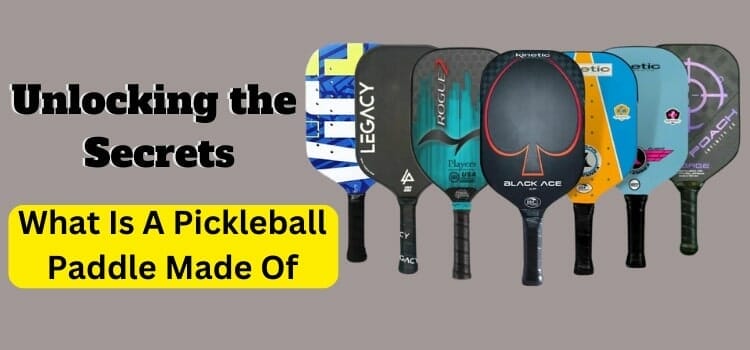How To Return A Spin In Pickleball – 10 Essential Techniques

If you’ve ever found yourself baffled by those tricky spin shots, fear not we’re here to help you become a master at returning spins in this fast-paced sport.
Master the art of spin in pickleball by adjusting your paddle angle and contact point. Use a flick of the wrist and controlled topspin for effective returns. Practice makes perfect, so hone your spin technique to keep your opponents guessing!
Here I’ll take you through ten essential techniques to help you become a spin-return maestro in pickleball. Whether you’re a beginner or an intermediate player, understanding how to handle spin serves can make a significant difference in your game.
How To Return A Spin In Pickleball-Step-By-Step Guide
Step 1:understanding Spin
The first step in mastering spin returns is to understand the different types of spin commonly encountered in pickleball. This includes topspin, backspin, and sidespin. Knowing how these spins affect the ball’s behavior is crucial for effective returns.
- Topspin: Created by brushing the paddle upwards when striking the ball, topspin causes the ball to rotate forward, resulting in a quick dip after crossing the net. This can catch opponents off guard, making it essential to master for competitive play.
- Backspin: Achieved by brushing the paddle downward, the backspin makes the ball rotate backward, leading to a lower bounce and potential skidding or backward spin upon impact with the court. Handling the lower bounce of backspin is essential.
- Sidespin: Often used to make the ball curve left or right during flight, sidespin is achieved by swiping the paddle laterally across the ball. Recognizing the direction of the sidespin is vital for positioning yourself correctly to return such shots effectively.
Step 2: Choosing the Right Paddle
Selecting the pickleball paddle for spin is crucial for improving your game. Opt for a paddle with a textured surface, often referred to as a “spin” or “control” paddle. This texture allows you to grip the ball better, giving you more control over the spin.
Additionally, consider the weight and grip size that feels most comfortable for you, as this can further enhance your performance.
Step 3: Perfecting Your Grip
A solid grip is essential for precise shot placement. Learn how to hold the paddle correctly, ensuring that your fingers are relaxed but firm.
The right grip allows you to manipulate the paddle’s angle efficiently, making it easier to counteract the spin.
Step 4: Mastering Footwork and Positioning
Proper footwork and positioning are fundamental for returning spin shots effectively. Start by positioning yourself slightly behind the kitchen (non-volley) line, ready to move quickly. As your opponent serves, be prepared to adjust your stance and footwork to align with the expected trajectory of the ball.
Step 5: Reading Your Opponent’s Spin
Observing your opponent’s paddle angle and body movements can provide crucial hints about the type of spin they are putting on the ball. For example, if your opponent’s paddle is open, they may be attempting a topspin shot. Learn to read these cues to anticipate the shot and react accordingly.
Step 6: Conquering Topspin Returns
Topspin serves can be particularly challenging to return due to their rapid descent.
To counteract the topspin, focus on meeting the ball at its peak and using an upward swing motion. This will help neutralize the spin and send the ball back over the net with control.
Step 7: Taming Backspin Shots
Backspin can make the ball bounce lower and unpredictably. To handle backspin effectively, aim for a slightly upward trajectory when returning the ball. This will help you lift the ball over the net while minimizing the impact of the spin.
Step 8: The “Dink” Return
The dink return is a soft shot that can be very effective against aggressive spin serves. Master this technique to keep your opponent on their toes. Practice soft touch shots with minimal spin to create a challenging return for your opponent.
Step 9: Navigating Deep Shots
When your opponent serves deep into the court, it requires a different set of skills to return effectively. Position yourself well behind the kitchen line and focus on using a controlled swing to return the ball with accuracy.
Step 10: Dealing with Slice
Slice is a spin that causes the ball to move sideways unpredictably. To handle slice serves, anticipate the direction of the spin and adjust your positioning accordingly. Keep your paddle angle steady and use your footwork to reposition as needed.
Common Mistakes When Returning A Spin Serve

Returning a spin serve in pickleball can be challenging, especially if you’re not familiar with the different types of spins. Many pickleball players make common mistakes that hinder their ability to effectively return these tricky shots. By recognizing and avoiding these errors, you can improve your chances of successfully hitting and returning a spin serve.
- Poor Spin Recognition: Failing to quickly identify the type of spin on the serve, whether it’s topspin, backspin, or sidespin, can lead to positioning and stroke errors.
- Incorrect Paddle Angle: Holding the paddle at the wrong angle can result in mishits. For instance, holding the paddle too open when returning topspin can send the ball sailing.
- Inadequate Footwork: Not using proper footwork, including the split step, can make it challenging to adjust to the spin and get into the right position to return the serve effectively.
- Gripping Tension: Gripping the paddle too tightly can reduce your ability to control the ball’s spin, especially when handling topspin or sidespin serves. Maintaining a relaxed grip is crucial.
- Overreliance on Speed: Trying to overpower spin serves with sheer speed rather than using control and technique can lead to errors and missed opportunities.
By being aware of these common mistakes when returning a spin serve in pickleball, you’ll have a better chance at success on the court!
Tips for Successfully Returning a Spin Serve

Returning a spin serve in pickleball can be challenging, but with the right techniques and practice, you can become proficient at it. Here are some tips to help you successfully return in pickleball:
1. Watch the ball closely:
Pay close attention to the rotation and trajectory of the ball as it comes towards you. This will give you valuable information about the type of spin being applied.
2. Use soft hands:
When returning a spin serve, avoid gripping your paddle too tightly. Instead, use relaxed and soft hands to absorb and control the impact of the ball.
3. Focus on timing:
Timing is crucial when returning a spin serve. Wait until just before contact with the ball before making your move to ensure better control over your shot.
4. Power from legs:
Generate power for your return shot by utilizing leg drive rather than relying solely on arm strength. Bend your knees as you prepare for impact and use that energy to generate powerful returns.
Conclusion
Returning a spin in pickleball may seem daunting at first, but with practice and the right techniques, you can become a formidable opponent. Understanding spin, choosing the right paddle, perfecting your grip, and mastering footwork are all essential steps to improving your return game.
Reading your opponent’s spin and adjusting your shots accordingly will give you an edge on the court. Whether it’s conquering topspin returns or taming backspin shots, each type of spin requires specific strategies to counter effectively.
Avoid common mistakes such as overthinking or tensing up during returns. Relaxation and focus are key elements in successfully returning a spin serve. Keep in mind these tips while honing your skills.
FAQS
What’s the most challenging type of spin to return in pickleball?
Many players find topspin to be the most challenging due to the speed and curve of the ball. However, with practice, you can become proficient at returning them.
Should I use a specific type of grip when returning spin serves?
Yes, a proper grip is essential. Experiment with different grips to find one that allows you to control the paddle angle effectively for spin returns.
How do I know when to be aggressive or defensive when returning spin serves?
It depends on the situation and your opponent’s skill level. Generally, being more defensive with a controlled return is a safe strategy, but you can become more aggressive as you gain confidence.
References
https://www.pickleballuniversity.com/home/how-to-return-any-spin-serve
https://pickleballadventure.com/winning-pickleball-return-of-serve/
https://www.ballsportsgames.com/how-to-return-a-spin-serve-in-pickleball/

